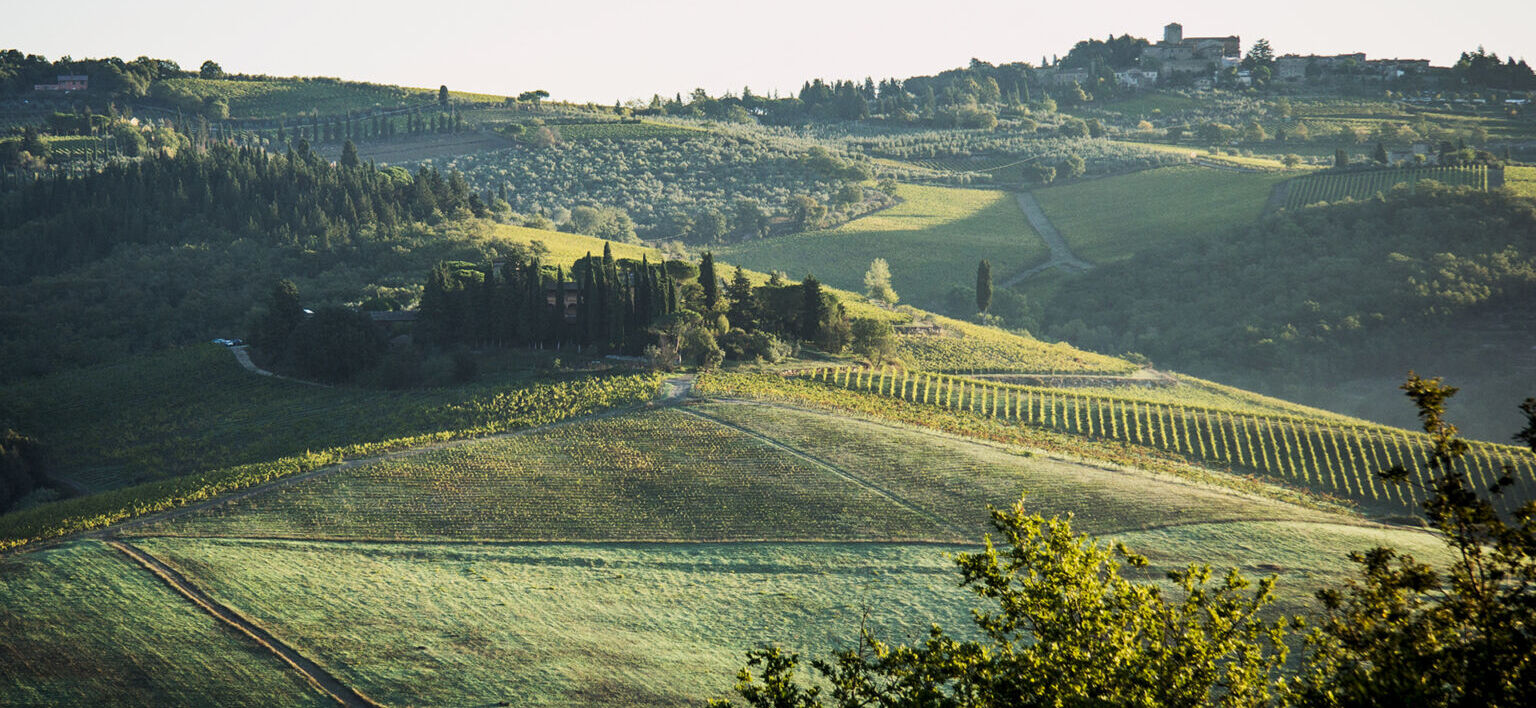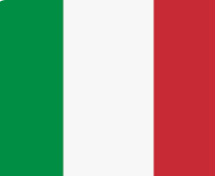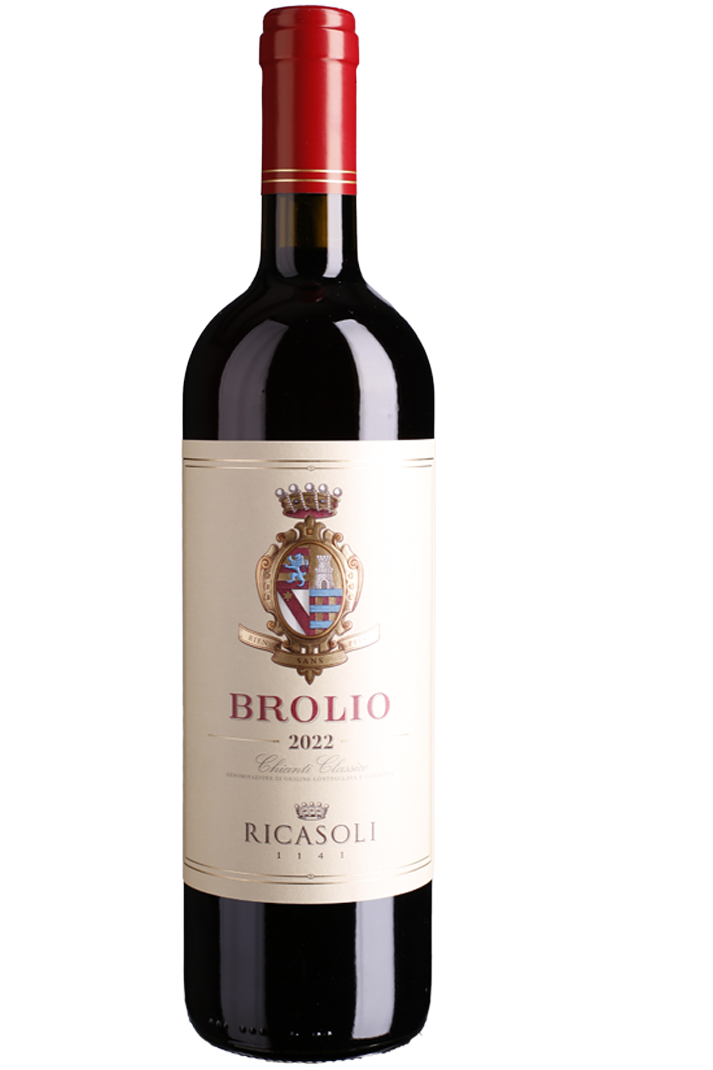The Chianti wine region in Tuscany is one of the most famous wine-growing regions in Italy, which is divided into two main areas: Chianti Classico and Chianti DOCG.
Chianti Classico:
Chianti Classico is located between Florence and Siena and includes the municipalities of Greve, Panzano, Gaiole and Radda. The wine consists primarily of Sangiovese grapes and is known for its fruity aromas of cherry and plum as well as spicy notes of herbs and tobacco. Chianti Classico must contain at least 80% Sangiovese and is characterized by its strong structure and potential for aging.
Chianti DOCG:
The larger Chianti DOCG region comprises several sub-zones outside the Classico area, including Colli Senesi, Colli Fiorentini and Colli Aretini. Chianti DOCG wine also contains a high percentage of Sangiovese, but may also include other local grape varieties. These wines are typically lighter and more accessible than the Classico version, but they also offer a good balance of fruitiness and acidity.
Both variants bear the DOCG quality seal, which stands for strict production standards and the highest quality.
Notable Wineries in the Chianti Region:
The diversity and quality of Chianti wines are reflected in its outstanding producers. Among the most prominent is the historic estate Fèlsina, known for its elegant Sangiovese-based wines, and the renowned Castello di Ama, famous for both its structured Chianti Classico and its commitment to contemporary art. Also noteworthy is Antinori, one of Italy’s most influential wine families, with several estates in the Chianti region and a profound impact on the history of Tuscan winemaking. Other standout wineries include Castello del Trebbio, nestled in the hills near Florence, and the sustainable Tenuta Sanoner, located close to Siena – both exemplifying Chianti’s high-quality potential.






























































